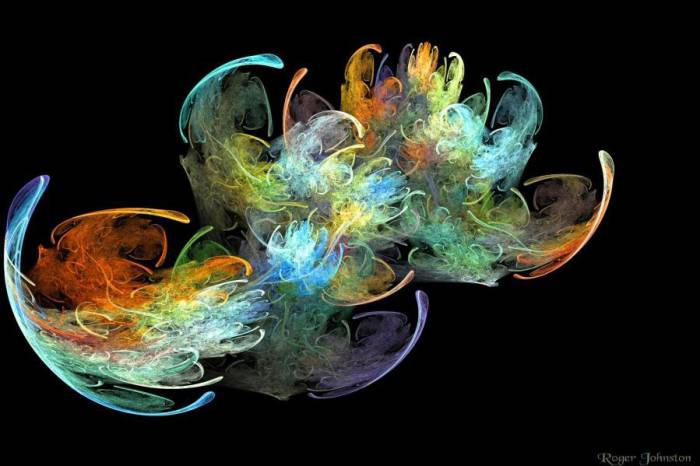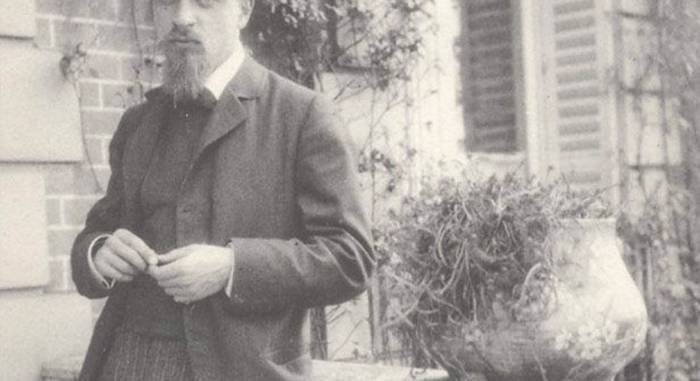Neuroscience Locates Meta-Consciousness
fMRI studies of lucid dreamers point to the area of the brain that generates self-awareness
In the midst of a fierce debate over whether consciousness is solely a product of the brain and its processes, or is distributed throughout the body, neuroscience is trying to locate the exact areas where cognition and other reflexive and emotional phenomena arise.
Never before have we been able to locate the minute spot that generates meta-consciousness (the awareness of being conscious) which differentiates us from other animals. This elusive area in the brain has proved hard to pinpoint because it requires a very meticulous detection of the areas specifically tied to consciousness, something that can’t be determined simply by measuring the difference in brain activity between a state of consciousness and a state of unconsciousness. For example, activity is greatly diminished in many parts of the brain, not just one, while we are sleeping. This makes it virtually impossible to know which of the hypoactive areas are specifically related to consciousness. A similar pattern of increased activity in multiple areas of the brain can be observed in people who are awake.
The subtle tracks of consciousness, however, are revealed by the brains of people capable of lucid dreaming. Lucid dreamers remain conscious of their dream state within the unconsciousness of sleep.
Scientists at the Max Plank Psychiatric Institute in Munich conducted a series of studies using EEG and functional magnetic resonance imaging on the brains of sleepers who are able to attain this state of “meta-consciousness.”
Investigators compared brain activity during normal sleep with that of lucid sleep and noticed increased activity in the right dorsolateral area of the prefrontal cortex and the frontopolar regions, structures linked to self-assessment and the capacity to evaluate our own feelings and thoughts, and in the precuneus, which has been linked to self-perception.
These findings have, for the first time, made visible the neural web of conscious awareness. Perhaps they will soon lead to unraveling the enigma of personal identity.
Related Articles
7 Recommendations for Organizing Your Library
For the true bibliophile, few things are more important than finding a book from within your library.
Red tea, the best antioxidant beverage on earth
Red tea is considered to be the most unusual of teas because it implies a consistently different preparation process. ––It is believed that its finding came upon surprisingly when traditional green
A brief and fascinating tour of the world's sands
To see a World in a Grain of Sand And a Heaven in a Wild Flower, Hold Infinity in the palm of your hand And Eternity in an hour. - William Blake What are we standing on? The ground beneath our feet
Strengthen your memory with rosemary oil
For thousands of years rosemary oil has been traditionally admired and used due to its many properties. In the Roman culture, for example, it was used for several purposes, among them cleansing, as
Literature as a Tool to Build Realities
Alain de Botton argues that great writers are like lenses through which we can see an infinite array of possibilities.
Mandelbrot and Fractals: Different Ways of Perceiving Space
Mathematics has always placed a greater emphasis on algebra, a “purer” version of itself, one that is more rational at least. Perhaps like in philosophy, the use of a large number knotted concepts in
Luis Buñuel’s Perfect Dry Martini
The drums of Calanda accompanied Luis Buñuel throughout his life. In his invaluable memoirs, published under the Buñuel-esque title, My Last Sigh, an entire chapter is dedicated to describing a
A Brief Manual of Skepticism, Courtesy of Carl Sagan
Whether or not you’re dedicated to science, these tips to identify fallacies apply to any form of rigorous thinking.
How to Evolve from Sadness
Rainer Maria Rilke explored the possible transformations that sadness can trigger in human beings.
Alan Watts, A Discreet And Charming Philosopher Of The Spirit
British thinker Alan Watts was one of the most accessible and entertaining Western interpreters of Oriental philosophy there have been.










